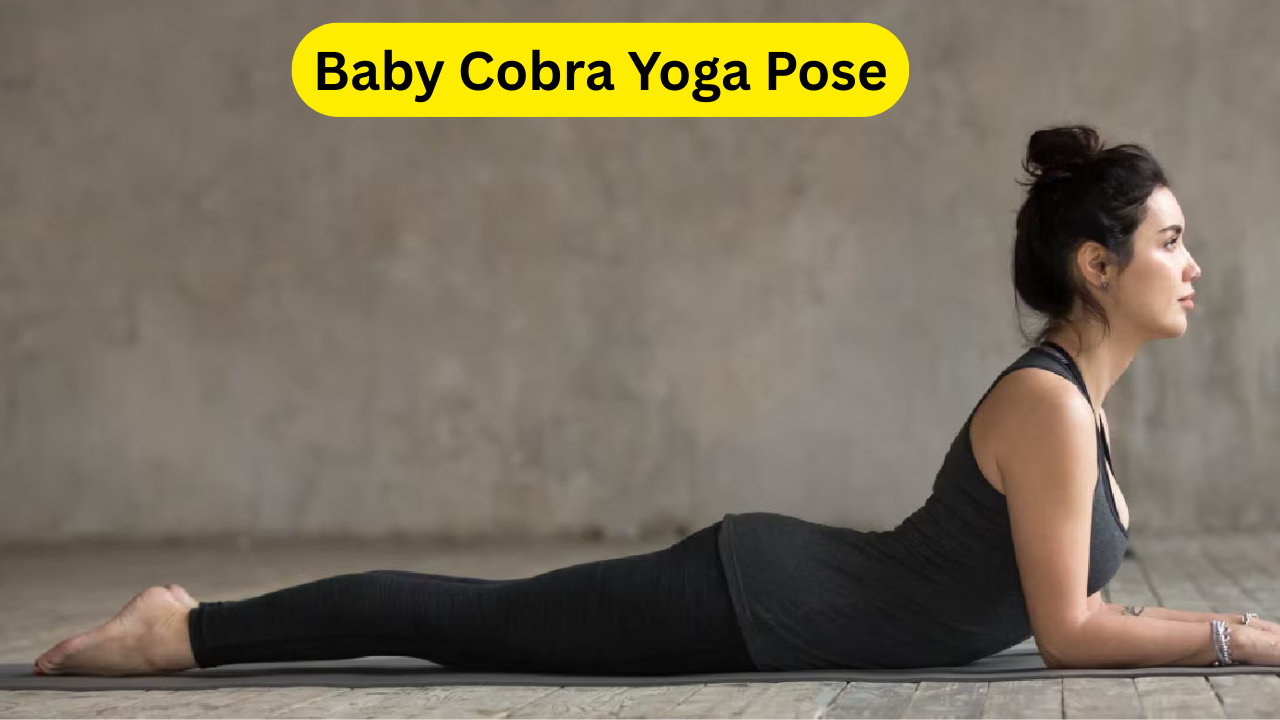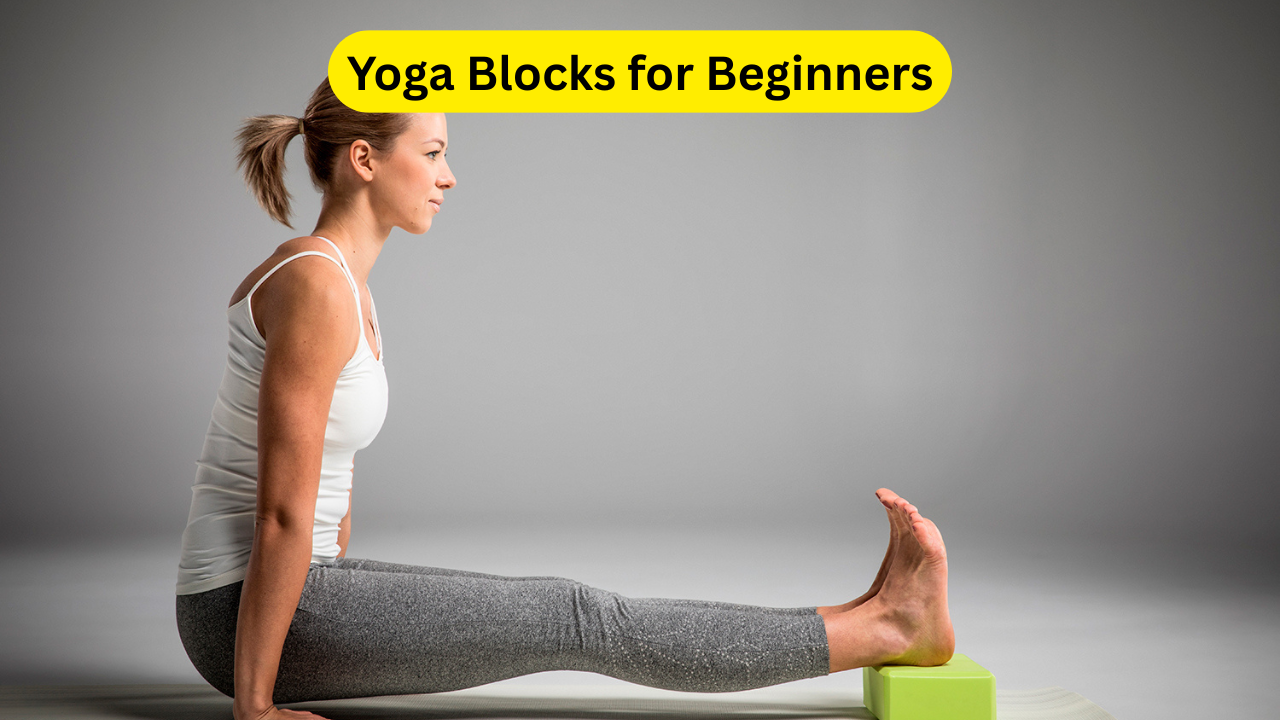Is Yoga Alone a Good Enough Form of Exercise: In today’s fast-paced world, finding a balanced and sustainable form of exercise is crucial for maintaining both physical and mental well-being. Yoga, a practice that has been embraced across the globe for its holistic benefits, continues to gain popularity among fitness enthusiasts of all levels. But one question often arises: Is yoga alone a good enough form of exercise? For many, yoga is more than just stretching or relaxation; it is a full-body workout that challenges strength, flexibility, endurance, and mindfulness. As we delve deeper into the world of yoga, we’ll uncover whether a dedicated practice can meet all your fitness needs.
Yoga offers a broad spectrum of styles, each catering to different physical abilities, goals, and preferences. From the meditative stillness of Restorative yoga to the dynamic flows of Vinyasa or the intensity of Power and Hot yoga, there is something for everyone. Not only can these styles boost flexibility and muscle tone, but they also contribute to cardiovascular health and mental clarity. Unlike other workouts that focus solely on physical strength or endurance, yoga blends mental and physical training, making it a unique and well-rounded approach to fitness.
While yoga is accessible and highly adaptable, it is essential to understand whether it can replace traditional workouts like strength training, cardio, or high-intensity interval training (HIIT). Governmental health guidelines provide benchmarks for aerobic and strength activities, so comparing yoga practices to these standards helps evaluate its effectiveness as a standalone fitness regimen. Let’s explore the science behind yoga, various styles and their intensity levels, and how to make your yoga sessions more effective and enjoyable.
What Is Yoga?
Yoga is an ancient practice rooted in Indian philosophy, combining physical postures (asanas), breathing exercises (pranayama), and meditation. It is celebrated not only for enhancing flexibility and posture but also for its mental health benefits. According to Tamara Teragawa, a YogaSix instructor in Los Angeles, “Yoga is accessible to almost anyone because of its diverse range of styles.”
Click here: Want To Eat Junk Food And Still Be Healthy
Types of Yoga Styles
1. Hatha Yoga: This is a foundational form of yoga that includes basic postures and breath control. It often serves as a great entry point for beginners.
2. Vinyasa Yoga: Known for its fluid transitions between poses, Vinyasa offers a more dynamic and cardiovascular workout compared to Hatha.
3. Ashtanga Yoga: A rigorous style involving a set sequence of poses, ideal for building strength and stamina.
4. Power Yoga: Inspired by Ashtanga, Power Yoga is fast-paced and strength-oriented.
5. Hot Yoga: Performed in heated rooms (85°F to 105°F), this style includes Bikram, Baptiste, and Forrest yoga, aimed at detoxification and muscle flexibility.
6. Kundalini Yoga: Focuses on spiritual and mental awakening through breathwork, chanting, and meditation.
7. Yin and Restorative Yoga: These gentle styles focus on deep tissue stretching and relaxation, often used for stress relief and trauma recovery.
Physical and Mental Health Benefits of Yoga
Mental Health:
- Reduces stress and anxiety
- Eases symptoms of depression
- Promotes better sleep
- Enhances mindfulness and emotional balance
Physical Health:
- Improves flexibility and balance
- Increases muscle tone and strength
- Enhances respiration and energy levels
- May reduce chronic inflammation
A 2022 review in Brain, Behavior & Immunity—Health highlighted yoga’s potential in reducing inflammation markers by lowering cortisol, the stress hormone.
Can Yoga Meet Fitness Guidelines?
The 2018 Physical Activity Guidelines for Americans recommend:
- 150 to 300 minutes of moderate-intensity aerobic activity weekly OR
- 75 to 150 minutes of vigorous-intensity aerobic activity
- Plus 2+ days of muscle-strengthening activities per week
Does Yoga Fulfill These Requirements?
Yes, depending on the type and frequency:
- Vinyasa, Ashtanga, Power Yoga: These can provide both aerobic and strength training.
- Hot Yoga: Offers cardiovascular benefits due to heat and sustained activity.
- Hatha and Yin Yoga: While beneficial, these may not be intense enough to meet aerobic guidelines unless supplemented.
How Often Should You Practice Yoga?
Tamara Teragawa suggests practicing yoga 3 to 5 times per week, ideally for at least 30 minutes per session. This allows for consistency without overstraining the body. Beginners may benefit from shorter, more frequent sessions to build habit and awareness.
Yoga as a Complement to Other Exercises
Yoga can enhance performance in other fitness activities:
- Running: Improves joint mobility and reduces injury risk
- Cycling: Alleviates muscle tightness and improves posture
- Weight training: Supports muscle recovery and flexibility
- Sports/Gardening: Enhances functional movement and reduces tension
Making Your Yoga Practice More Effective
Tips for Optimizing Yoga Workouts:
- Choose the right style based on your goals
- Incorporate strength-focused poses (planks, warriors)
- Add props (blocks, straps) for deeper engagement
- Practice mindfulness and breath control
- Set consistent schedules and track progress
Potential Limitations of Yoga Alone

- May not build significant muscle mass
- Less calorie burn compared to HIIT or running
- Not a substitute for high-intensity cardio for athletes
- Might not suit all personality types or fitness goals
Also read: 2025 Toyota Urban Cruiser Hyryder Update
Is Yoga Alone a Good Enough Form of Exercise Conclusion
Yoga is an incredibly versatile and beneficial practice, offering both physical and mental health advantages. Its adaptable nature makes it suitable for all ages, fitness levels, and goals. For those seeking a low-impact, comprehensive approach to wellness, yoga can indeed serve as a primary form of exercise. It improves strength, flexibility, mental clarity, and can even support heart health when practiced consistently.
However, whether yoga alone is “enough” depends on your individual fitness goals. For basic health and well-being, a regular Hatha or Vinyasa practice can satisfy recommended physical activity levels. But for those aiming to build muscle mass, burn fat, or prepare for athletic events, combining yoga with other forms of exercise may yield better results.
If you enjoy yoga and it motivates you to stay active, that alone is a huge win. Exercise adherence is more likely when you genuinely enjoy the activity. Yoga also supports longevity by reducing stress, enhancing mobility, and improving sleep.
Ultimately, the best exercise routine is one that is consistent, enjoyable, and aligned with your personal health objectives. Yoga offers a beautiful foundation, whether practiced alone or alongside other modalities.
So, is yoga alone a good enough form of exercise? For many, the answer is yes—especially when you tailor your practice to include more intense styles. For others, blending yoga with cardio or resistance training creates a more comprehensive fitness plan.
Is Yoga Alone a Good Enough Form of Exercise FAQs
1. Can yoga replace cardio workouts?
Yes, certain styles of yoga like Vinyasa, Power, and Hot yoga can provide moderate to vigorous cardiovascular benefits. However, if your goals include high-level endurance or calorie burning, supplementing with traditional cardio like walking or running is advisable.
2. Is yoga effective for building muscle?
Yoga improves muscle tone and endurance, especially with styles like Ashtanga or Power Yoga. However, it may not be as effective for building significant muscle mass compared to weight training.
3. How often should a beginner do yoga?
Beginners should aim for 3 to 4 sessions per week, starting with shorter (20-30 minute) sessions. This helps build consistency and body awareness without overwhelming the body.
4. What are the best yoga styles for fitness?
For overall fitness, styles like Vinyasa, Ashtanga, Power, and Hot Yoga are ideal. They combine strength, flexibility, and cardiovascular endurance.
5. Can yoga help with weight loss?
Yes, especially vigorous forms of yoga can support weight loss when paired with a balanced diet. Yoga also helps regulate stress and sleep, which are key factors in maintaining a healthy weight.







